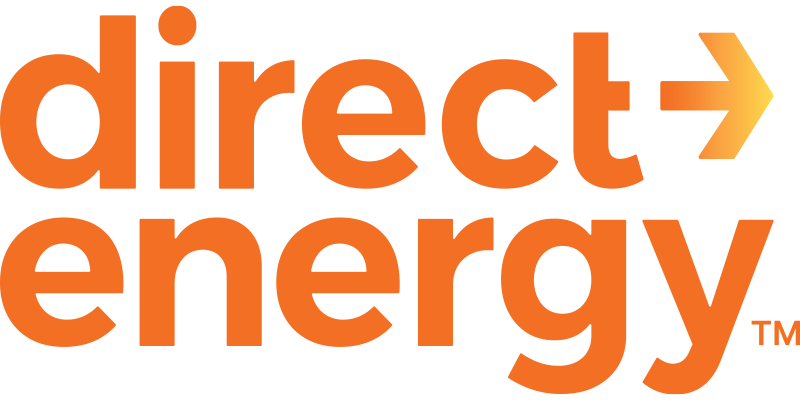Lock In Cheap Electric Rates in Houston Now!
Do You Want Cheap Electric Rates Today? Not all cheap electric rates are the same! Learn how you can save more on these recommended electric plans in Houston. You can’t be an expert at...
Read MoreEnter your zip code to compare electricity rates and order in minutes

Direct Energy was another of the original competitive retail energy providers. NRG purchased Direct Energy in 2021. Our view is that Direct Energy serves as a flank brand with great brand equity, an established customer base of over half a million Texas customers and competitive rates. If it aint broke. . .

Explore current Direct Energy electricity plans available in Texas and find the best fit for your home. Each plan includes a Safe-Rate Score that shows how closely the advertised rate matches what you'll actually pay. You can customize your usage to get accurate estimates, compare term lengths for short- or long-term savings, and review rate types to see which pricing style works best for you. Use the sort feature to easily organize plans by price, rating, or company name. Get transparent pricing, reliable service, and fast online sign-up today.
I've had Direct Energy at my apartment for nearly 13 years and have had no problems whatsoever with them. I had a contract with them when they were Houston-based, but when a Canadian firm bought them out, they refunded my $250.00 deposit with credits during the summer of 2012 and have been month to month since. My rates have been ok, around 11 cents/kwh, maybe 14 during the summer add Centerpoint carrying charges and taxes and it comes to around 21 cents/kwh on a monthly basis. They try to get me to go for "free nights" but there's no such thing as free electricity. All in all, Direct Energy is one of the best deals out there, with very little interruptions and great service.
Do You Want Cheap Electric Rates Today? Not all cheap electric rates are the same! Learn how you can save more on these recommended electric plans in Houston. You can’t be an expert at...
Read MoreWho Has The Best 24 Month Abilene Plans? It's going to get hotter! Beat the heat with these cheap Abilene electricity plans now before hot summer temperatures drive rates higher. Temperatures...
Read MoreDo You Want the Cheapest Houston Electricity? Spring is when energy usage dips in Texas. So, it's the best time to shop for the cheapest Houston electricity rates. Find out how these five...
Read More
Hello Scotty. We are super honored and grateful to have your trust and loyalty for nearly 13 years! That is so fabulous, there are not enough words to express how happy this makes us! We will work as hard as we can to continue as your trusted electricity supplier for many more years. Thank you for choosing Direct Energy. We love serving you! All the best! - Marta / Digital Care
— Direct Energy on July 7th, 2022